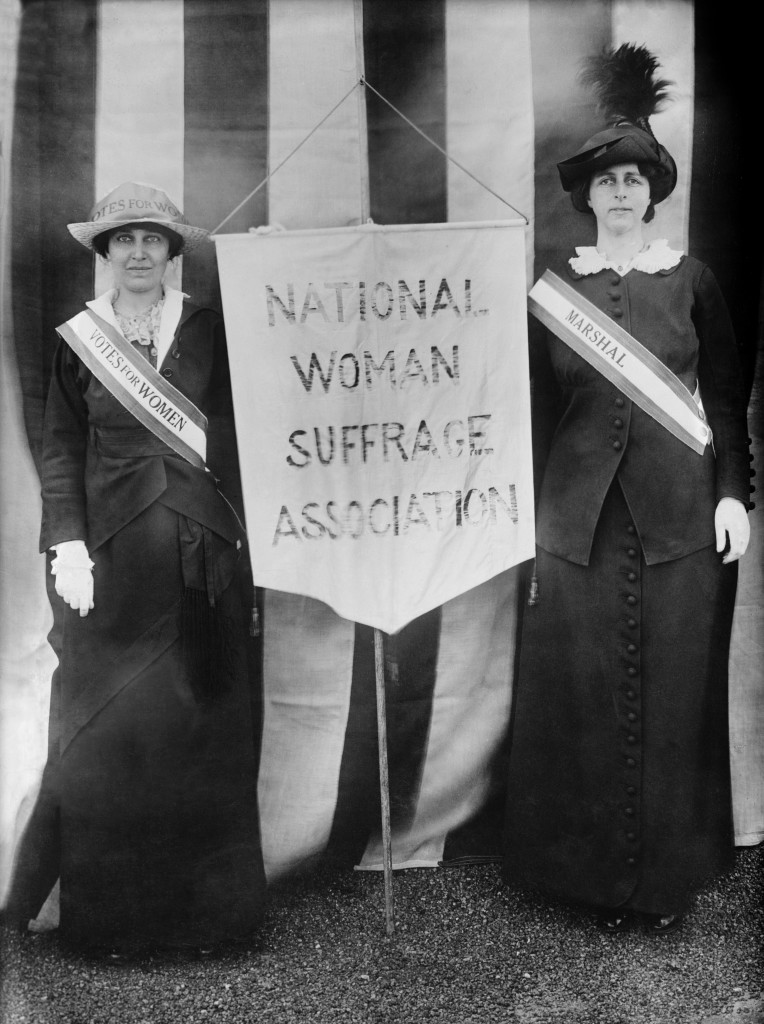Archive for May, 2015
Are you striving or thriving?
 Thriving is not striving. And they’re more than unrealated. They’re opposites.
Thriving is not striving. And they’re more than unrealated. They’re opposites.
Striving is about the now and what’s in it for me. Thriving is about the greater good and choosing – choosing to choose your own path and choosing to travel it in your own way. Thriving doesn’t thrive because outcomes fit with expectations. Thriving thrives on the journey.
Where striving comes at others’ expense, thriving comes at no one’s expense. Where striving strives on getting ahead, thriving thrives on growing. Striving looks outwardly, thriving looks inwardly. No two words are spelled so similarly yet contradict so vehemently.
Plants thrive when they’re put in the right growing conditions. They grow the way they were meant to grow and they don’t look back. They thrive because they don’t second guess themselves. If they don’t grow as tall as others, they’re happy for the tallest. And if they bloom bigger and brighter than the rest, they’re thoughtful enough to make conversation about other things.
Plants and animals don’t strive. Only people do. Strivers live their lives looking through the lens of the zero sum game. Strivers feel there’s not enough sunlight to go around so they reach and stretch and step on your head so they get a tan and leave you to supplement with vitamin D.
I can deal with strivers that tell you they’re going to step on your head and step on it just as they said. And I have immense disdain for strivers that pretend they’re sunflowers. But when I’m around thrivers I resonate.
Strivers suck energy from the room and thrivers give it way freely. And just as the bumblebee gets joy from spreading the love flower-to-flower, thrivers thrive more as they give more.
If you leave a meeting feeling good about yourself and three days later you rethink things and feel like a lesser person, you were victimized by a striver. If you feel great about yourself after a meeting and three days later feel even better, you rubbed shoulders with a thriver.
Learn to spot the strivers so you can distance yourself. And seek out the thrivers so you can grow with them.
Image credit Brad Smith
To make a difference, add energy.
 If you want to make a difference, you’ve got to add energy. And the more you can add the bigger difference you can make.
If you want to make a difference, you’ve got to add energy. And the more you can add the bigger difference you can make.
Doing new is difficult and demands (and deserves) all the energy you can muster. Often it feels you’re the only one pushing in the right direction while everyone else is vehemently pushing the other way. But stay true and stand tall. This is not an indication things are going badly, this is a sign you’re doing meaningful work. It’s supposed to feel that way. If you’re exhausted, frustrated and sometimes a bit angry, you’re doing it right. If you have a healthy disrespect for the status quo, it’s supposed to feel that way.
Meaningful work has a long time constant and you’ve got to run these meaningful projects like marathons, uphill marathons. Every day you put in your 26 miles at a sustainable pace – no slower, but no faster. This is long, difficult work that doesn’t run by itself, you’ve got to push it like a sled. Every day you’ve got to push. To push every day like this takes a lot of physical strength, but it takes even more mental strength. You’ve got to stay focused on the critical path and push that sled every day. And you need to preserve enough mental energy to effectively ignore the non-critical path sleds. You’ve got to be able to decide which tasks you must get your whole body behind and which tasks you must discount. And you’ve got to preserve enough energy to believe in yourself.
Meaningful work cannot be accomplished by sprinting full speed five days a week. It’s a marathon, and you’ve got to work that way and train that way. Get your rest, get your exercise, eat right, spend time with friends and family, and put your soul into your work.
Choose work that is meaningful and add energy. Add it every day. Add it openly. Add it purposefully. Add it genuinely. Add energy like you’re an aircraft carrier and others will get pulled along by your wake. Add energy like you’re bulldozer and others will get out of your way. Add energy like you’re contagious and others will be infected.
Image credit – anton borzov
If there’s no conflict, there’s no innovation.
 With Innovation, things aren’t always what they seem. And the culprit for all this confusion is how she goes about her work. Innovation starts with different, and that’s the source of all the turmoil she creates.
With Innovation, things aren’t always what they seem. And the culprit for all this confusion is how she goes about her work. Innovation starts with different, and that’s the source of all the turmoil she creates.
For the successful company, Innovation demands the company does things that are different from what made it successful. Where the company wants to do more of the same (but done better), Innovation calls it as she sees it and dismisses the behavior as continuous improvement. Innovation is a big fan of continuous improvement, but she’s a bit particular about the difference between doing things that are different and things that are the same.
The clashing of perspectives and the gnashing of teeth is not a bad thing, in fact it’s good. If Innovation simply rolls over when doing the same is rationalized as doing differently, nothing changes and the recipe for success runs out of gas. Said another way, company success is displaced by company failure. When innovation creates conflict over sameness she’s doing the company favor. Though it sometimes gives her a bad name, she’s willing to put up with the attack on her character.
The sacred business model is a mortal enemy of Innovation. Those two have been getting after each other for a long time now, and, thankfully, Innovation is willing to stand tall against the sacred business model. Innovation knows even the most sacred business models have a half-life, and she knows that she must actively dismantle them as everyone else in the company tries to keep them on life support long after they should have passed. Innovation creates things that are different (novel), useful and successful to help the company through the sad process of letting the sacred business model die with dignity. She’s willing to do the difficult work of bringing to life a younger more viral business model, knowing full well she’s creating controversy and turmoil at every turn. Innovation knows the company needs help admitting the business model is tired and old, and she’s willing to do the hard work of putting it out to pasture. She knows there’s a lot of misplaced attachment to the tired business model, but for the sake of the company, she’s willing to put it out of its misery.
For a long time now the company’s products have delivered the same old value in the same old way to the same old customers, and Innovation knows this. And because she knows that’s not sustainable, she makes a stink by creating different and more profitable value to different and more valuable customers. She uses different assumptions, different technologies and different value propositions so the company can see the same old value proposition as just that – old (and tired). Yes, she knows she’s kicking company leaders in the shins when she creates more value than they can imagine, but she’s doing it for the right reasons. Knowing full well people will talk about her behind her back, she’s willing to create the conflict needed to discredit old value proposition and adopt a new one.
Innovation is doing the company a favor when she creates strife, and the should company learn to see that strife not as disagreement and conflict for their own sake, rather as her willingness to do what it takes to help the company survive in an unknown future. Innovation has been around a long time, and she knows the ropes. Over the centuries she’s learned that the same old thing always runs out of steam. And she knows technologies and their business models are evolving faster than ever. Thankfully, she’s willing to do the difficult work of creating new technologies to fuel the future, even as the status quo attacks her character.
Without Innovation’s disruptive personality there would be far less conflict and consternation, but there’d also be far less change, far less growth and far less company longevity. Yes, innovation takes a strong hand and is sometimes too dismissive of what has been successful, but her intentions are good. Yes, her delivery is sometimes too harsh, but she’s trying to make a point and trying to help the company survive.
Keep an eye out for the turmoil and conflict that Innovation creates, and when you see it fan the flames. And when hear the calls of distress of middle managers capsized by her wake of disruption, feel good that Innovation is alive and well doing the hard work to keep the company afloat.
The time to worry is not when Innovation is creating conflict and consternation at every turn; the time to worry is when the telltale signs of her powerful work are missing.
The Top Three Enemies of Innovation – Waiting, Waiting, Waiting
 All innovation projects take longer than expected and take more resources than expected. It’s time to change our expectations.
All innovation projects take longer than expected and take more resources than expected. It’s time to change our expectations.
With regard to time and resources, innovation’s biggest enemy is waiting. There. I said it.
There are books and articles that say innovation is too complex to do quickly, but complexity isn’t the culprit. It’s true there’s a lot of uncertainty with innovation, but, uncertainty isn’t the reason it takes as long as it does. Some blame an unhealthy culture for innovation’s long time constant, but that’s not exactly right. Yes, culture matters, but it matters for a very special reason. A culture intolerant of innovation causes a special type of waiting that, once eliminated, lets innovation to spool up to break-neck speeds.
Waiting? Really? Waiting is the secret? Waiting isn’t just the secret, it’s the top three secrets.
In a backward way, our incessant focus on productivity is the root cause for long wait times and, ultimately, the snail’s pace of innovation. Here’s how it goes. Innovation takes a long time so productivity and utilization are vital. (If they’re key for manufacturing productivity they must be key to innovation productivity, right?) Utilization of fixed assets – like prototype fabrication and low volume printed circuit board equipment – is monitored and maximized. The thinking goes – Let’s jam three more projects into the pipeline to get more out of our shared resources. The result is higher utilizations and skyrocketing queue times. It’s like company leaders don’t believe in queuing theory. Like with global warming, the theory is backed by data and you can’t dismiss queuing theory because it’s inconvenient.
One question: If over utilization of shared resources delays each prototype loop by two weeks (creates two weeks of incremental wait time) and you cycle through 10 prototype loops for each innovation project, how many weeks does it delay the innovation project? If you said 20 weeks you’re right, almost. It doesn’t delay just that one project; it delays all the projects that run through the shared resource by 20 weeks. Another question: How much is it worth to speed up all your innovation projects by 20 weeks?
In a second backward way, our incessant drive for productivity blinds us of the negative consequences of waiting. A prototype is created to determine viability of a new technology, and this learning is on the project’s critical path. (When the queue time delays the prototype loop by two weeks, the entire project slips two weeks.) Instead of working to reduce the cycle time of the prototype loop and advance the critical path, our productivity bias makes us work on non-critical path tasks to fill the time. It would be better to stop work altogether and help the company feel the pain of the unnecessarily bloated queue times, but we fill the time with non-critical path work to look busy. The result is activity without progress, and blindness to the reason for the schedule slip – waiting for the over utilized shared resource.
A company culture intolerant of uncertainty causes the third and most destructive flavor of waiting. Where productivity and over utilization reduce the speed of innovation, a culture intolerant of uncertainty stops innovation before it starts. The culture radiates negative energy throughout the labs and blocks all experiments where the results are uncertain. Blocking these experiments blocks the game-changing learning that comes with them, and, in that way, the culture create infinite wait time for the learning needed for innovation. If you don’t start innovation you can never finish. And if you fix this one, you can start.
To reduce wait time, it’s important to treat manufacturing and innovation differently. With manufacturing think efficiency and machine utilization, but with innovation think effectiveness and response time. With manufacturing it’s about following an established recipe in the most productive way; with innovation it’s about creating the new recipe. And that’s a big difference.
If you can learn to see waiting as the enemy of innovation, you can create a sustainable advantage and a sustainable company. It’s time to change expectations around waiting.
Image credit – Pulpolux !!!
 Mike Shipulski
Mike Shipulski